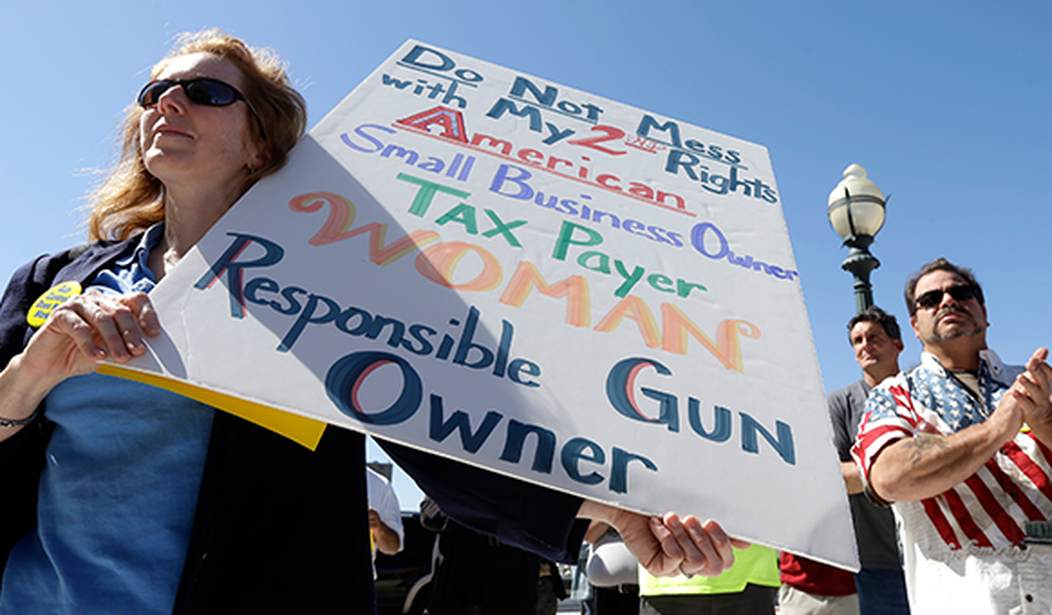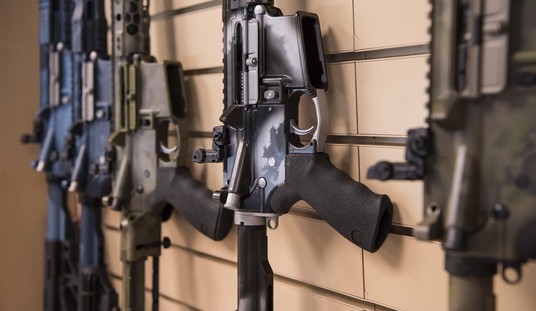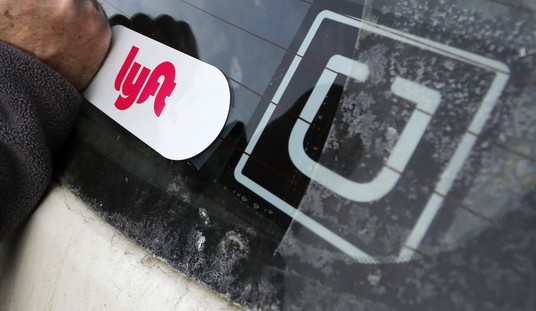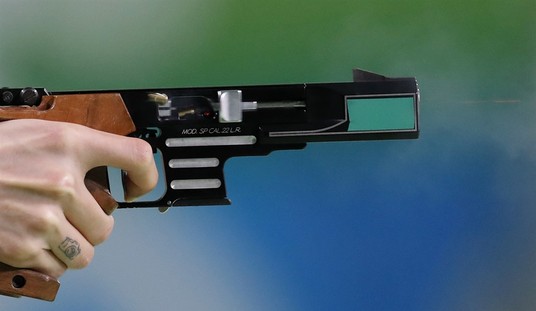Back in 2016, votes in Washington State approved a “red flag” firearms seizure law, also called an Extreme Risk Protection Order. Five years later, there’s no evidence that the law has had any beneficial effect on violent crime or suicides, but that’s not stopping local media outlets from doing their best to spin the law as a valuable tool for law enforcement.
The Seattle Times has weighed in with a lengthy piece designed to advance the narrative that “red flag” laws are incredibly useful, though there’s no real evidence to back up their claims.
With guns at the very center of America’s deep cultural and political divides, Biden is already facing pushback from critics and gun-rights activists who argue the laws can be used to strip someone of their gun rights based on unproven allegations.
Critics of gun regulations have also raised questions over whether the policies are effective.
“One thing for sure is that it did not lower the homicide rate as promised and sold to the public,” Alan Gottlieb, founder of the Bellevue-based Second Amendment Foundation, wrote in an email.
But most people who die from a gun do so by completing suicide. In 2017, for example, 75% of Washington’s gun deaths were attributed to suicide, according to a report from Haborview Injury Prevention and Research Center. The national figure that year was 60%.
Now, gun-safety advocates are pointing to recent research on King County that suggests ERPOs are getting firearms away from people who could harm themselves. In a study last year in the journal Injury Epidemiology, which analyzed King County’s ERPO orders in 2017 and 2018, 30 of the 75 petitions applied to people described as a risk to “themselves only.”
In an interview, Shannon Frattaroli, one of the report’s authors, said, “If you ask me … what the biggest impact of this law will be, without hesitation in my mind, it’s going to be suicide.”
Here’s the basic problem with the assertion that red flag laws prevent suicide; the laws don’t actually do anything to provide mental health resources for individuals deemed by a judge to be a danger to themselves. The red flag law allows guns to be seized, but leaves the troubled individual with easy access to knives, pills, ropes, belts, or anything else that they could use to take their own life.
In fact, in the first two years after the red flag law was put on the books, the suicide rate in King County went up instead of declining. The same is true of suicides overall in the state. In both 2017 and 2018, the suicide rate was higher than it was when the state’s red flag law was approved in 2016.
The Seattle Times actually hit on the real solution to this growing problem back in 2019, when it published an investigation into the state’s mental health system. While Washington has the third-highest rate of mental illness in the country, it’s 49th in terms of inpatient beds available for those in crisis. Even with new, for-profit psychiatric facilities opening up in recent years, the state only has about 1,500 beds for those who need in-patient care.
Building new psychiatric facilities costs a lot more money than slapping a gun control on the books, however, and while voters may have bought into the idea that a red flag law could reduce suicide more effectively than providing actual help to those who need it, the dismal results in the five years since the law was approved in a statewide referendum provide plenty of evidence that more gun control isn’t the answer.. even when it’s billed as a suicide prevention measure.









Join the conversation as a VIP Member